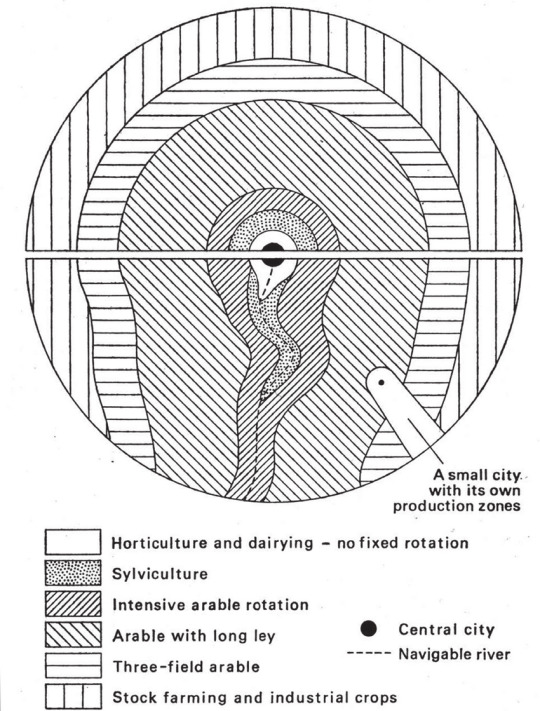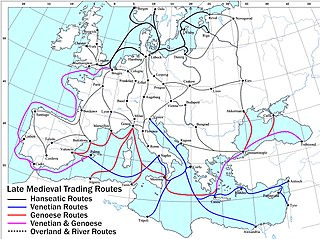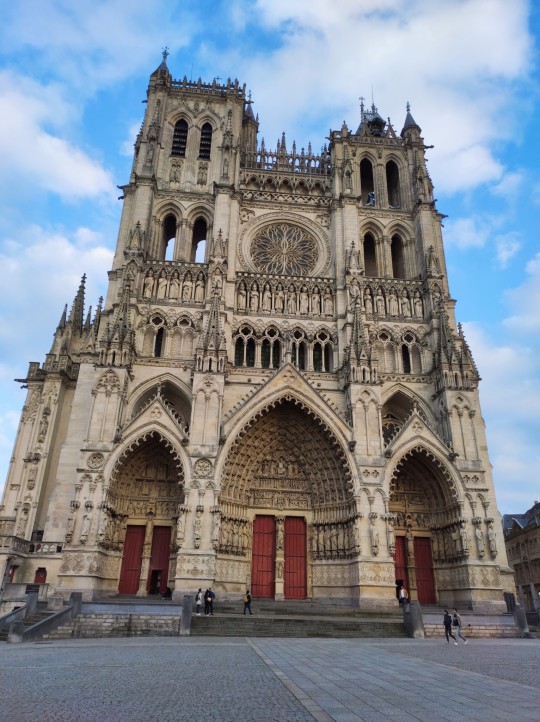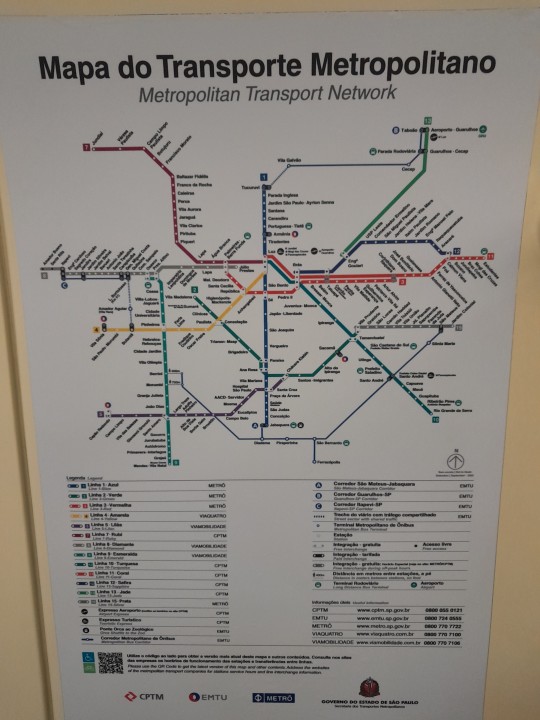#metropole
Note
How would the food supply chain work for city states in in places like Ancient Greece and more recently, the Italian City States? Would they control agricultural land, or would they have to buy food from nearby (or perhaps not so nearby) agricultural regions? What measures would they take in times of war to avoid having their food supply cut off?
Great question!
To answer "How would the food supply chain work for city states," I would answer by answering your other question "Would they control agricultural land, or would they have to buy food from nearby (or perhaps not so nearby) agricultural regions?" by saying: it's both.

Paradigmatically, a city-state consists of a metropole (the city in question) and the periphery (subordinated lands and territories under the city's control). (Or metropolis and hinterland, if you prefer). To further break this down, the periphery consists of a mix of different lands, including both overseas colonies and tributaries, conquered (and thus lesser and weaker) city-states and their peripheries, and the agricultural hinterland around the metropole. To take just this last category, we can think of the relationship between Athens and Attica, Rome and Latium, Venice and the Mestre and Veneto (everyone always focuses on Venice's overseas empire, but it's rarely remembered that Venice at its height basically controlled all of northeastern Italy and fought Milan for northcentral and parts of northwestern Italy), or Florence and (eventually all of) Tuscany.
How far that agricultural hinterland extended beyond the city's walls depended a lot on transportation technology. Brett Devereaux has very good (but lengthy) explanations of the difficulties of overland grain trade here and here, but the TLDR is that, as a rough rule of thumb, "the price of grain doubles every hundred miles it is moved overland." Those kind of price increases aren't really affordable, so I think if you're looking for a rough rule of thumb, a hundred miles is probably a good maximum radius for an agricultural hinterland, whereas the minimum radius is probably around 7-12 miles (based on medieval urban regulations for agricultural markets), which was roughly how far a cart could travel in a day.
However, certain factors can change the effective radius of the hinterland:
The more and better roads you have, carts can move faster and come from more directions/places, which effectively expands that cart/day radius.
If the city is on a river (and this is one of the main reasons why most historic cities were on rivers, if they weren't on coasts), you can use river-barges to transport grain. Sail-barges could travel 14 miles an hour in good winds, and tow- or pole-barges could do 10-40 miles a day (depending on whether they were going upriver or downriver). Moreover, because of buoyancy, barges can carry much heavier loads than carts, which makes them much more eficient in transporting bulk goods like grain.
Finally, the population density and degree of urbanization matters, because it raises the possibility of making partial trips, because smaller population centers will act as local metropoles and more efficiently bring in grain from rural areas allowing for more efficient routes; also, higher density and urbanization allows for the creation of a network of granaries that allow you to store grain along the way so that you can make partial trips rather than covering the whole distance from the city to the very edge of the periphery.
However, the hinterland usually wasn't enough on its own to supply the city-state, but the same advantages of wind-speed and buoyancy also meant that a long-distance overseas grain trade was absolutely viable in both the Ancient and Medieval worlds. So for example, Greek city-states would draw on grain from southern France, southern Italy and Sicily, the Black Sea, and Anatolia; much of Rome's grain supply came from North Africa and Egypt; and so on. Moreover, as Fernand Braudel points out, the interconnected grain trade of the Mediterranean was the indispensable foundation for southern European urbanism from the Middle Ages through to the Early Modern period, and the geospatial dynamics of that system did not really change that much until the invention of the steam engine.


To answer your final question - "What measures would they take in times of war to avoid having their food supply cut off?" - it was usually by a mix of metropolis/hinterland logistics and long-distance trade. A well-organized city-state would have granaries set up both in the city and in the more urbanized areas of the periphery and would have contingency plans to harvest and transport as much grain as possible to the city to use as reserves in a time of crisis. (You'll note that this leaves the periphery in a really bad situation in times of crisis, and this prioritization of the metropole over the periphery is one of the main reasons why it sucked to be in the periphery, which is why there was so much competition over who got to be the metropole and why there were so many rebellions on the peirphery.)
At the same time, if the city-state had naval supremacy over its enemies, it could pretty much indefinitely hold out against its enemies as long as it could maintain a lifeline to the sea. This is why Athens was able to hold out against Sparta for so long during the Pelopennesian War, why Constantinople won so many of its sieges, and why Venice was able to take on most of Europe and still come out on top most of the time.
#history#ancient history#medieval history#renaissance history#city-states#metropole#periphery#metropolis#hinterland#logistics#economic history#medieval economics
63 notes
·
View notes
Text

#clarice lispector#metropole#cidades#brasil#literatura#escrita#escritores#mulheres que escrevem#escritoras#português#caos literario
22 notes
·
View notes
Text

Die Metropole (The Metropole), ca. 1997 by J.G.Wind
26 notes
·
View notes
Video
youtube
The Lawrence arms - Beautiful things
I was searching for truth, in the dust of my days
I was so lost, and I was so young
4 notes
·
View notes
Text

Metropole Hotel in Alexandria, Egypt
British vintage postcard
#historic#photo#briefkaart#vintage#metropole#hotel#metropole hotel#british#sepia#photography#egypt#carte postale#postcard#postkarte#postal#tarjeta#ansichtskarte#old#ephemera#postkaart#alexandria
5 notes
·
View notes
Text

10 notes
·
View notes
Text
2 notes
·
View notes
Photo

David Bowie con sigaro - Metropole Hotel, Mosca (1976)
Foto Andrew Kent
9 notes
·
View notes
Text

City lights
2 notes
·
View notes
Text


Não aguento essa mulher 🥹
‘C
3 notes
·
View notes
Text

Picture: Z686
Place: Paris, France
Date: March 2019
#Art#Kunst#Foto#Fotografie#Photography#Leica#M3#analog#Paris#France#Frankreich#März#March#Spring#Frühling#2019#City#Stadt#Metropole#Roofs#Dächer#Montmartre#Panorama#Clouds#Wolken#photographers on tumblr
7 notes
·
View notes
Text

Muitos caminhos. Me perco e me encontro em todos eles.
2 notes
·
View notes
Photo

New York 🇺🇸🗽 . . . ➢ Repost from @buxplayz Manhattan Downtown View📸 American Style . . . ➢ Follow 👉 🇺🇸@conexao.america for more photos and movies about United States 🇺🇸 . . . ➢ Alliance @america_states @enjoy_la_ @latinbrazil . . . ➢ ✈ Mark your photo with tag #conexaoamerica or @conexao.america and we'll post it! . . . . #cityscape #citybuilder #gaming #city #infrastructure #building #viewfromabove #simcity #simulationgame #metropole #cityskyline #citiesskylinesgame #citybuilding #cities #citiesskylines #citiesskylinespc #skylinephotography #cityplanning #cityview #aerialview #aerial #citiesskylinescity #pcgames #simulation #citydesign #consolegaming #epicgames #citiesoftheworld #paradoxinteractive (em New York. NY. USA) https://www.instagram.com/p/CnlqWSUu26J/?igshid=NGJjMDIxMWI=
#conexaoamerica#cityscape#citybuilder#gaming#city#infrastructure#building#viewfromabove#simcity#simulationgame#metropole#cityskyline#citiesskylinesgame#citybuilding#cities#citiesskylines#citiesskylinespc#skylinephotography#cityplanning#cityview#aerialview#aerial#citiesskylinescity#pcgames#simulation#citydesign#consolegaming#epicgames#citiesoftheworld#paradoxinteractive
2 notes
·
View notes
Video
youtube
The Lawrence Arms - "Beautiful Things" (Full Album Stream)
3 notes
·
View notes
